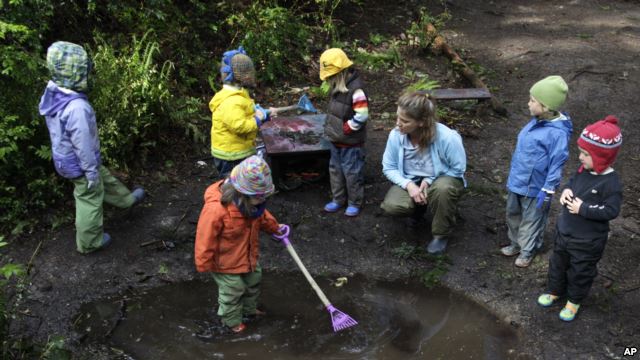
[전문 + mp3] / [받아쓰기]
Doctor Payam Dadvand works at the Centre for Research and Environmental Epidemiology in Barcelona. He and his team study how the environment affects health. The researchers wrote that, “Approximately one half of the world population lives in cities, and it is projected that by 2030, three of every five persons will live in urban areas worldwide.” Dr. Dadvand and his team studied more than 2,600 children from 36 schools in the city. The kids were seven to 10 years old. The researchers used information from satellites to learn how much green space surrounded each school.
* affect = 영향을 미치다/ project = 예상[추정]하다; 계획[기획]하다/ urban area = 도시권/ green space = 녹지 공간
Over one year, the children took computerized tests four times. The tests measured memory and attention span. The researchers then created mathematical models to compare the amount of green spaces around the schools with the test scores. The researchers found that the children with higher contact with green space had better ability to memorize. They were also more attentive. The team believes that good air quality is the main reason for the results. More trees means less air pollution. Scientist Jordi Sunyer also worked on the study. Mr. Sunyer says that schools surrounded by greenery had less air pollution in the classrooms. So, it seems it’s not just outdoor time that is good for children but outdoor time surrounded by clean air.
* computerized test = 전산화된 시험/ attention span = 주의 지속 시간[범위]/ contact with ~ = ~와의 접촉[교제/연락]/ attentive = 주의[귀]를 기울이는; 배려하는/ main reason = 주요 원인/ greenery = 녹색 나뭇잎[화초]












